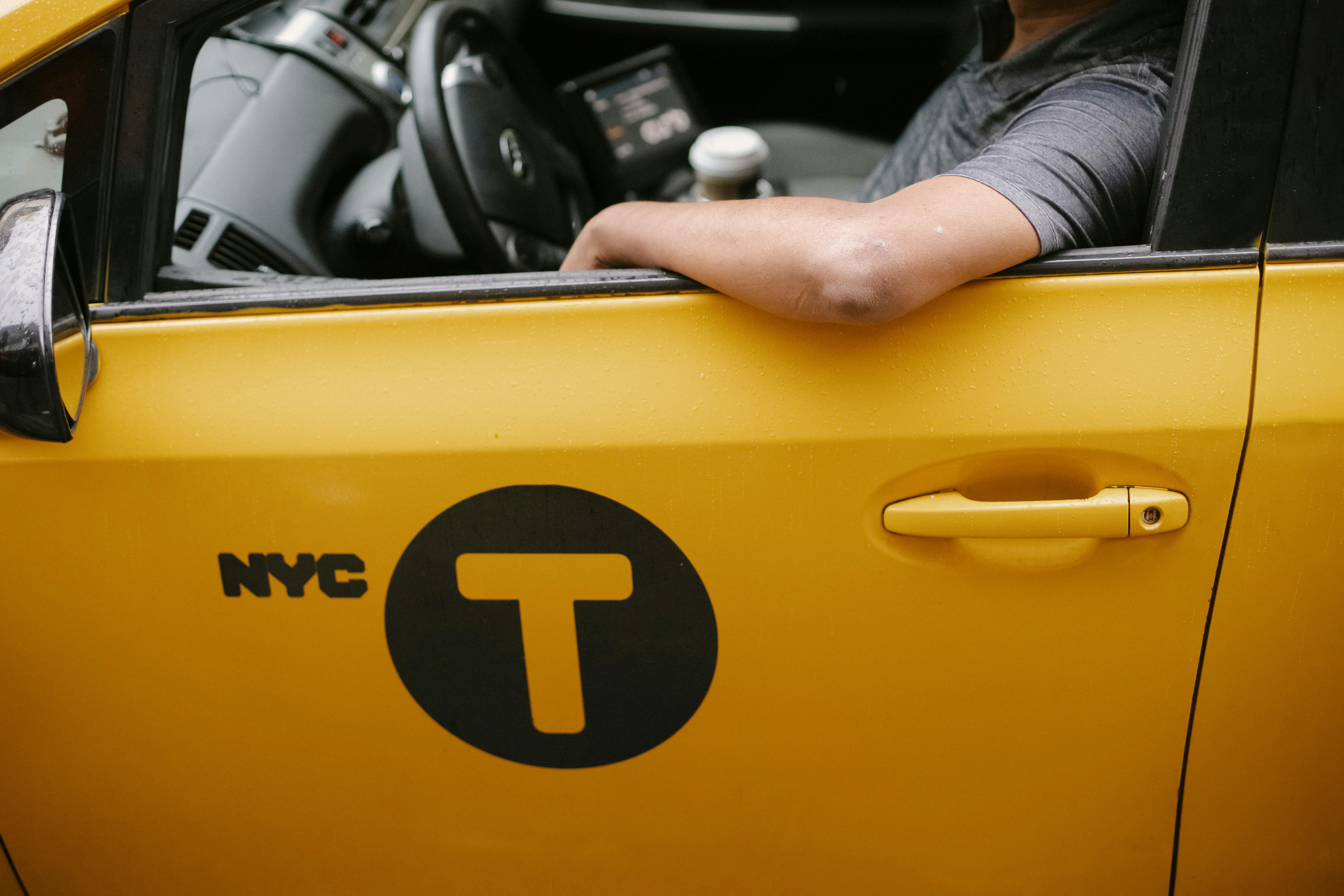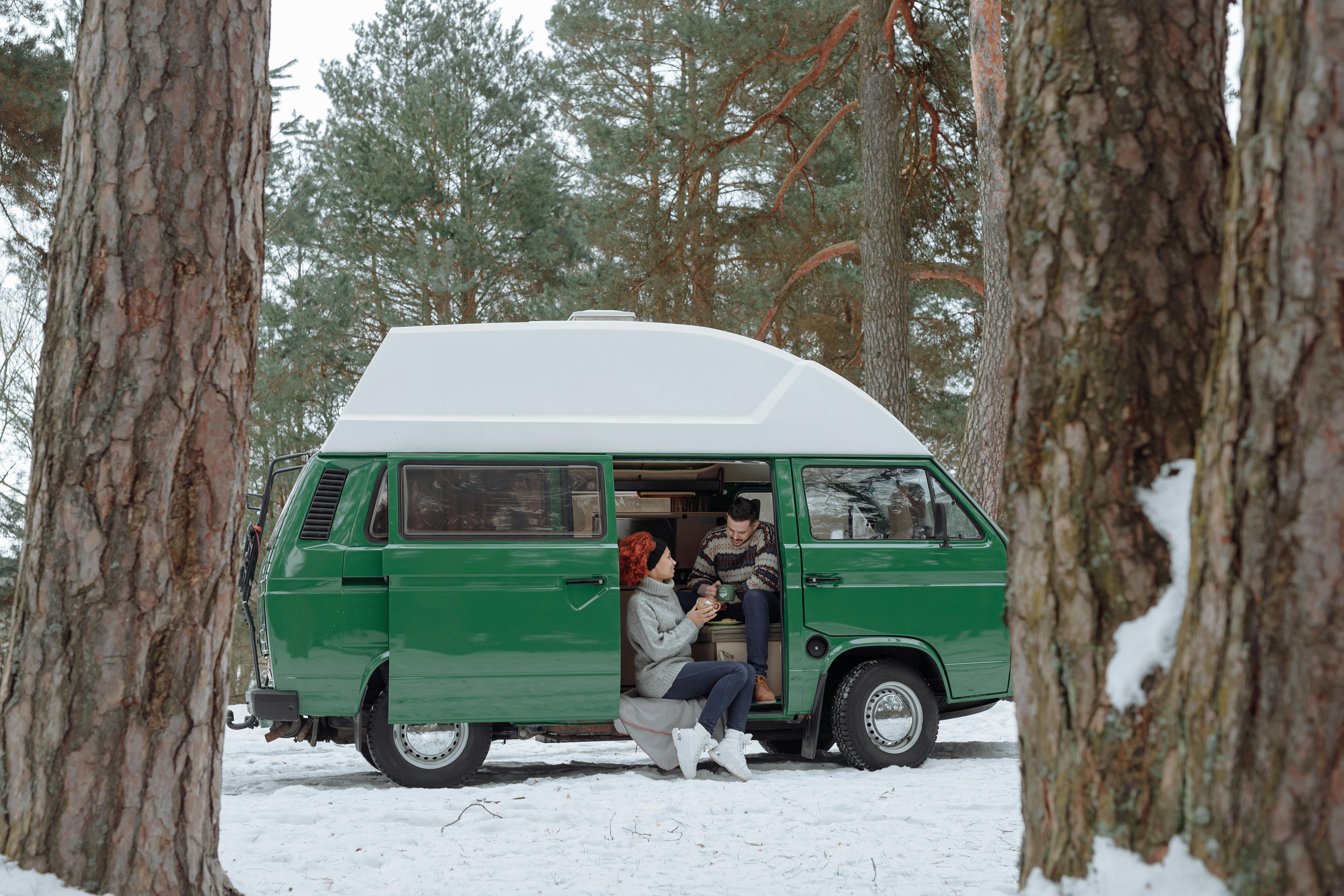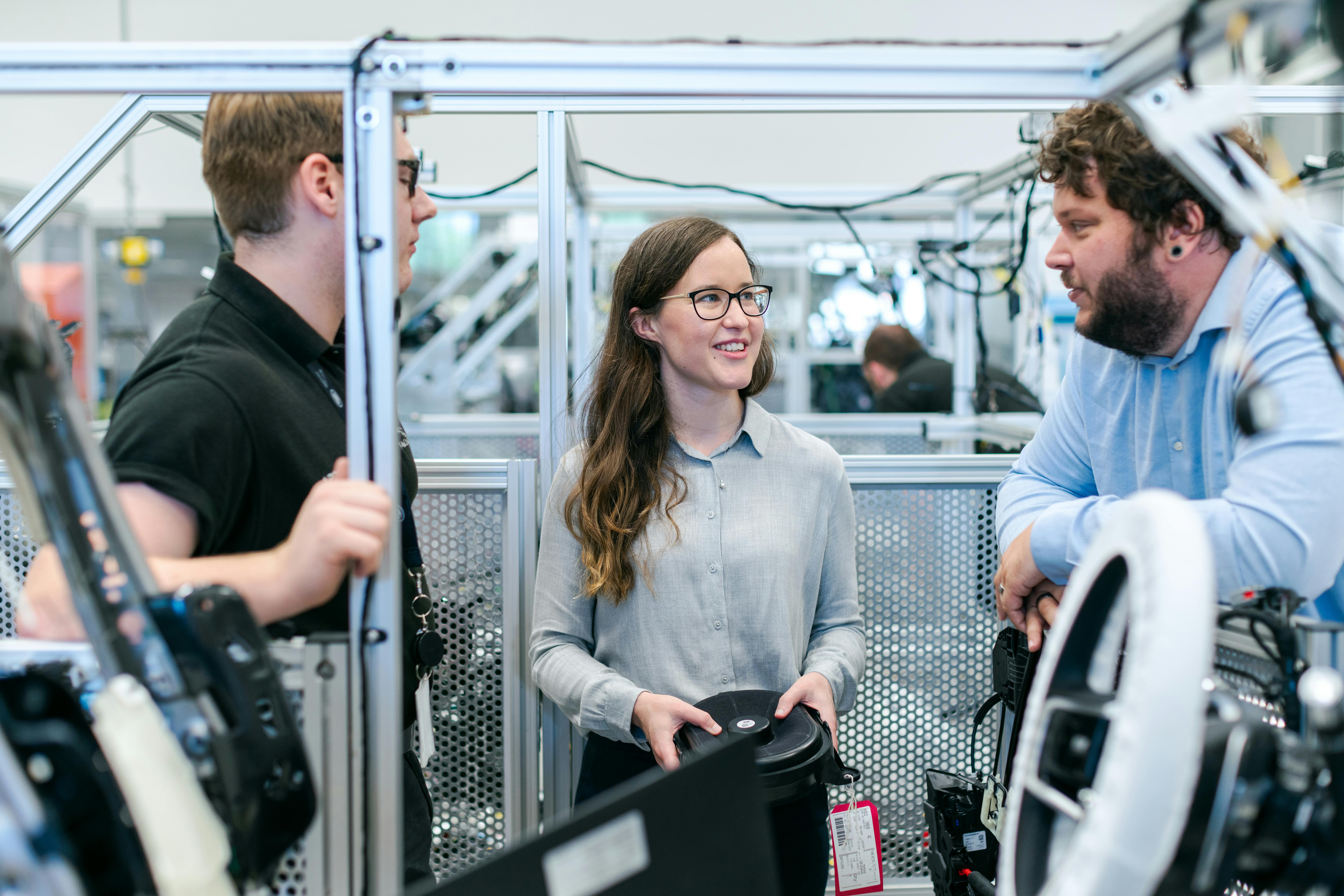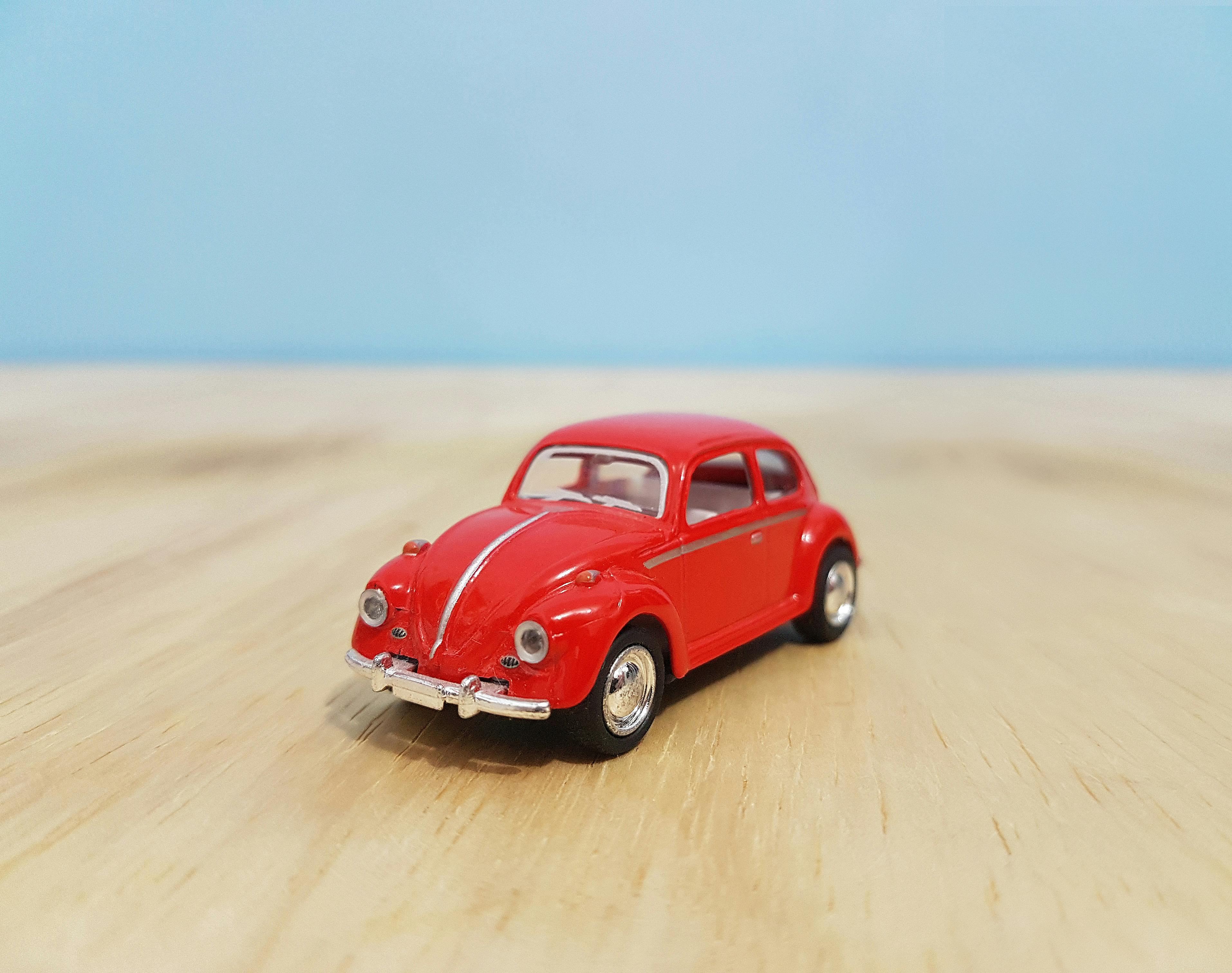
In theory everything is recyclable. I could recycle a building, a plane, a DVD, a camera… or even my toothbrush. For something recyclable to actually be recycled, someone has to take that something and want to turn it into something new. That is exactly where the problem lies with the concept of recycling.
In 1988-89 I was one of those university students who defended the need to recycle. However, I figured that the people who made everything that filled landfills would buy back everything they made and turn it into something new. So when recycling started, I thought for many years that that was exactly what was happening. Then came the nice little triangle under all sorts of bins and I thought “Wow, we were very successful! Power to the people.”
Then a few years ago, say five, I realized we weren’t as smart as we thought when everyone was lobbying for recycling on behalf of our planet. We never insist that the companies that make the stuff that ends up in landfills commit to taking back the waste they create. Instead, what happened was that he became a waste of society to care for. In some places, the plastics industry makes a contribution to cover a small part of the running costs of recycling depots, in other places, recycling depots receive funding through tax systems. For the most part, recycling depots rely heavily on funding their operation through our taxes. In very few places do the manufacturers that make plastic, glass, Styrofoam buy back what they put on the market. All the waste that comes from the profits generated by their companies becomes a problem for society.
Recycling depots are like purgatory or, if you prefer, a Dr. Seuss reference: ‘the waiting room’.
We diligently choose our approved ‘recyclables’ in our small communities to ensure we minimize what we send to a landfill. We carefully place the blue (or other colored) boxes with a feeling of satisfaction that we are joining others in doing our part to save the planet. A wonderful truck arrives and takes our stuff to the local recycling haven, where we believe angels are hard at work magically turning everything we send in our blue boxes into something wonderful and new in our communities. Perhaps a fairy godmother will help from time to time and wave a magic wand with a Bibbidi-Bobbidi-Boo and exclaim jovially: ‘Food container you’ll turn into aluminum foil! Bottles you will become rugs. “
(Okay, I know I’m mixing Cinderella, religion, and Dr. Seuss. My goal is to appeal to the masses: kids, gen-x, seniors.)
Now I like that most people have a decent brain. It’s overloaded at times, but I like to think I’m pretty smart. One day I woke up and realized, “Hmm… I don’t think the blue box stuff is going to recycling heaven in my own community.” It was like waking up and doubting the existence of God. The mere thought that the things I carefully put in my blue box would never appear on the shelves of my neighborhood grocery store with the fancy triangles was devastating.
With a little research, I soon found out: something only gets recycled if someone somewhere in the world is willing to buy that product, and tons of it, at recycling depots and then turn it into something else. The next sad truth: that ‘someone’, when found, was rarely in the same community where the recycling took place. Sometimes they weren’t even in the same country!
So…..
You need to be a smart shopper when a manufacturer claims you should buy their product because it’s ‘recyclable’ or made from ‘recycled materials’. Before you buy it, call the manufacturer and ask where it is recycled; how much of that same product do they buy back and, if not, who and where buys it back to turn it into something; and lastly, how much recycled content is in your product. Many ‘recycled content’ products have less than 20% recycled materials. Its product still relies heavily on continuous oil extraction for virgin supplies to make the plastic.
Recycling is a great solution. I was all behind it. In theory it can minimize what we send to a landfill. However, after twenty years of practicing recycling, it is time we reassess how successful the plastics industry has been in reducing their waste relative to the profits they have made at the expense of our planet. The plastic and Styrofoam industry has been making a profit on this planet for more than fifty years and close to twenty of those to clean up its mess through recycling efforts supported in many communities through public taxes.
Plastics are now manufactured and exported in communities around the world where there is no luxury of a tax base to cushion the costs of a recycling depot. It is no longer acceptable to say that littering is the problem. The problem is what we do, how we do it, what it’s made of, and what we can do locally when we’re done with our stuff. This emperor needs new clothes.








